หลักการใช้ Be
การแสดงการเป็นอยู่ในปัจจุบันและในอดีต
ในภาษาอังกฤษ, คำกริยา “be” เป็นคำกริยาที่ใช้ในการแสดงการเป็นอยู่ในปัจจุบันและในอดีต ซึ่งมีรูปแบบเฉพาะที่นำมาใช้ในแต่ละบุคคล รูปแบบหลักที่ใช้ในการแสดงการเป็นอยู่ในปัจจุบันคือ “am”, “is”, และ “are” ในขณะที่รูปแบบหลักที่ใช้ในการแสดงการเป็นอยู่ในอดีตคือ “was” และ “were” ดังตัวอย่างด้านล่าง
– การแสดงการเป็นอยู่ในปัจจุบัน:
– I am a student. (ฉันเป็นนักเรียน)
– He is tall. (เขาสูง)
– They are happy. (พวกเขามีความสุข)
– การแสดงการเป็นอยู่ในอดีต:
– She was a teacher. (เธอเคยเป็นครู)
– We were friends. (เราเคยเป็นเพื่อน)
การใช้ “be” เพื่อแสดงสถานะหรือคุณลักษณะเฉพาะของเรื่องที่กล่าวถึง
นอกจากการแสดงการเป็นอยู่ในปัจจุบันและในอดีตแล้ว, “be” ยังสามารถใช้ในการแสดงสถานะหรือคุณลักษณะเฉพาะของเรื่องที่กล่าวถึง ตัวอย่างเช่น
– He is hungry. (เขาหิว)
– The cake is delicious. (เค้กอร่อย)
– The weather is nice today. (อากาศดีในวันนี้)
ผันคำกริยา “be” ในแต่ละบุคคลของหลักการใช้
การผันคำกริยา “be” ในแต่ละบุคคลของหลักการใช้ต่างกันไป ดังตัวอย่างด้านล่าง
– รูปแบบในบุคคลต่อไปนี้ใช้กับการแสดงการเป็นอยู่ในปัจจุบัน:
– I am
– You are
– He/she/it is
– We are
– They are
– รูปแบบในบุคคลต่อไปนี้ใช้กับการแสดงการเป็นอยู่ในอดีต:
– I was
– You were
– He/she/it was
– We were
– They were
การเปรียบเทียบระหว่าง “be” และคำกริยาอื่น
“be” เป็นคำกริยาที่เฉพาะเจาะจงในการแสดงการเป็นอยู่หรือสถานะของเรื่องที่กล่าวถึง แต่ในบางกรณี คำกริยาอื่นอาจถูกใช้แทน “be” ได้ ตัวอย่างเช่น
– He is a good singer. (เขาเป็นนักร้องที่ดี)
– He sings well. (เขาร้องเพลงดี)
การใช้ “be” เพื่อเป็นกริยาช่วยในการสร้างช่วงเสียงจากเหตุการณ์เร็วที่ขึ้นอยู่กับ “be”
ในภาษาอังกฤษ, “be” สามารถใช้เป็นกริยาช่วยเพื่อสร้างช่วงเสียงจากเหตุการณ์เร็วที่ขึ้นอยู่กับ “be” ตัวอย่างเช่น
– The bell is ringing. (ระฆังกำลังดัง)
– The phone is ringing. (โทรศัพท์กำลังร้องเรียก)
ความแตกต่างระหว่างกริยาที่ใช้เพื่อแทน “be” ในประโยคหลายรูปแบบ
ในภาษาอังกฤษ, มีคำกริยาที่ใช้แทน “be” ได้ในประโยคหลายรูปแบบ ตัวอย่างเช่น
– ใช้คำกริยา “become” แทน “be” เพื่อแสดงการเปลี่ยนแปลง:
– She became a doctor. (เธอกลายเป็นหมอ)
– ใช้คำกริยา “seem” แทน “be” เพื่อแสดงภาพลักษณ์หรือความรู้สึก:
– He seems happy. (เขาดูเหมือนมีความสุข)
– ใช้คำกริยา “stay” แทน “be” เพื่อแสดงการอยู่ในสถานที่เดิมๆ:
– They stayed at home. (พวกเขาอยู่บ้าน)
FAQs:
1. Verb to be มีอะไรบ้าง?
Verb to be มี “am”, “is”, “are”, “was”, “were” เป็นรูปแบบหลักที่ใช้ในการแสดงการเป็นอยู่
2. Verb to be + v3 หมายถึงอะไร?
Verb to be + v3 หมายถึงการใช้ “be” และ กริยาช่องที่ 3 (v3) เพื่อแสดงการกระทำที่เกิดขึ้นในอดีต
3. หลัง “be” ตามด้วยอะไรได้บ้าง?
หลัง “be” สามารถตามด้วยคำนามหรือคำติดประโยคเพื่อเสริมความหมาย
4. Verb to be ประโยค คำ ถาม ตอบคืออะไร?
Verb to be ประโยคคำถามคือประโยคที่ใช้ “be” เพื่อถามข้อมูลหรือสิ่งที่ไม่ทราบ และประโยคคำตอบคือการตอบประโยคคำถามด้วยข้อมูลหรือสิ่งที่ทราบ
5. Not be ใช้ยังไง?
Not be ใช้เพื่อแสดงการปฏิเสธหรือการไม่เป็นไปตามที่กล่าวถึง โดยใส่คำว่า “not” หลัง “be” เช่น “is not”, “are not”, “was not”, “were not”
6. Verb to be คืออะไร?
Verb to be คือคำกริยาที่ใช้ในการแสดงการเป็นอยู่หรือสถานะของเรื่องที่กล่าวถึง
7. Verb to be ประโยคบอกเล่าคืออะไร?
Verb to be ประโยคบอกเล่าคือประโยคที่ใช้ “be” เพื่อเล่าเรื่องราวหรือเหตุการณ์ที่เกิดขึ้นในอดีตหรือปัจจุบัน
หลักการใช้ “be” เป็นหลักการใช้ที่สำคัญในภาษาอังกฤษ เป็นพื้นฐานในการสร้างประโยคและสื่อสารในทางต่างๆ ผู้เรียนควรทราบเกี่ยวกับหลักการและรูปแบบของการใช้ “be” เพื่อให้สามารถใช้ภาษาอังกฤษได้ถูกต้องและเก่งกว่าในการสื่อสารในชีวิตประจำวัน
ครูดิวติว Grammar: Verb To Be คืออะไร? มีวิธีใช้ยังไง? สรุปจบในคลิปนี้เลย!
คำสำคัญที่ผู้ใช้ค้นหา: หลักการใช้ be verb to be มีอะไรบ้าง, verb to be + v3, หลัง be ตามด้วย, Verb to be ประโยค คํา ถาม ตอบ, not be ใช้ยังไง, verb to be คืออะไร, verb to be ประโยคบอกเล่า, Verb to be
รูปภาพที่เกี่ยวข้องกับหัวข้อ หลักการใช้ be
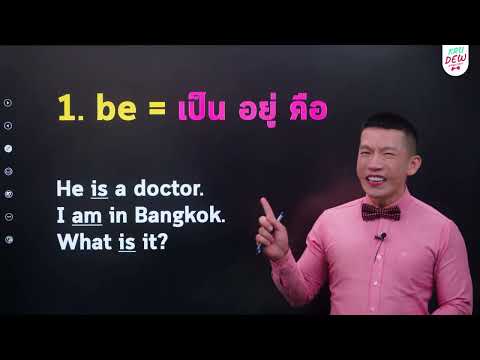
หมวดหมู่: Top 47 หลักการใช้ Be
การใช้ Be ใช้ยังไง
ในภาษาไทยเรามีคำกริยาหลักที่มีความสำคัญและใช้บ่อย นั่นก็คือ “be” หรือ “เป็น” ซึ่งเป็นเกริ่นนำให้เราสามารถอธิบายคุณสมบัติ, สภาวะ, หรือว่าเรื่องราวต่างๆ ได้อย่างชัดเจน ในบทความนี้เราจะพูดถึง การใช้ “be” ในภาษาไทย อธิบายและให้ตัวอย่างการใช้งานในรายละเอียด
คำกริยา “be” หรือ “เป็น” ใช้ในรูปแบบต่างๆ เพื่อแสดงถึงสถานะ, คุณสมบัติ, ความเป็นมา หรือสถานการณ์ต่างๆ ต่อไปนี้คือรูปแบบการใช้งานที่พบบ่อย:
1. เป็นกริยาช่วยแบบธรรมดา (Auxiliary Verb)
ในบางกรณี “be” สามารถใช้เป็นกริยาช่วยแบบธรรมดาเพื่อช่วยให้เกิดคำกริยาในรูปแบบต่างๆ ตัวอย่างเช่น:
– กำลัง : เมื่อคำกริยาอยู่ในรูปปัจจุบันต่อกับสถานการณ์ปัจจุบัน เช่น “เขากำลังเดินอยู่” (He is walking)
– ทำ : เมื่อคำกริยาอยู่ในรูปคำสั่ง เช่น “ไปทำงานเถอะ” (Go to work!)
– จะ : เมื่อคำกริยาเกิดขึ้นในอนาคต เช่น “เราจะไปเที่ยวที่ปารีส” (We will go to Paris)
2. ช่วยเพื่อเน้น (Emphatic Verb)
“be” ในบางกรณีสามารถใช้เพื่อเน้นคุณสมบัติหรือสภาวะของสิ่งหรือบุคคลใดๆ ได้ เช่น “เขาคือคนที่น่ารักที่สุด” (He is the cutest person)
3. ใช้กับนามธรรม (Nominal Verb)
เราสามารถใช้ “be” ในรูปแบบนี้เพื่ออธิบายคุณสมบัติหรือสถานะของนามธรรม เช่น “ผมเป็นครู” (I am a teacher)
4. ใช้เหมืองหลักในสรรพนามที่ไม่มีในภาษาไทย (Existential Verb)
ในบางกรณี “be” ใช้ในรูปแบบนี้เพื่ออธิบายสิ่งที่มีอยู่ หรืออธิบายข้อมูลทั่วไปเกี่ยวกับสิ่งที่เกิดขึ้น เช่น “มีหนังสืออยู่บนโต๊ะ” (There is a book on the table)
ตัวอย่างการใช้งาน “be” ในประโยคภาษาไทย:
1. He is a doctor. (เขาเป็นหมอ)
2. I am hungry. (ผมหิว)
3. My car is red. (รถของฉันสีแดง)
4. They are my friends. (พวกเขาเป็นเพื่อนของฉัน)
5. The party will be at my house. (งานปาร์ตี้จะเกิดที่บ้านฉัน)
คำถามที่พบบ่อย:
Q: “Be” ในตำแหน่งกริยาช่วยเวลาใช้เมื่อไร?
A: “Be” ใช้เป็นกริยาช่วยเวลาเมื่อเราต้องการอธิบายสถานการณ์ปัจจุบัน เช่น “เขากำลังเล่นเกม” (He is playing a game).
Q: เราสามารถใช้ “be” เพื่อเน้นคุณสมบัติของสิ่งหรือบุคคลใด ๆ ได้หรือไม่?
A: ใช่ คำกริยา “be” สามารถใช้เพื่อเน้นคุณสมบัติหรือสภาวะของสิ่งหรือบุคคลใด ๆ ได้ ตัวอย่างเช่น: “เขาคือคนที่สุดยอด” (He is the best).
Q: การใช้ “be” ในรูปแบบของช่วยเพื่อเน้นให้เกิดความเป็นมาตรฐานมีความแตกต่างจากใช้ “be” เป็นกริยาช่วยอย่างไร?
A: การใช้ “be” ในรูปแบบการช่วยเพื่อเน้นนั้นสามารถให้ความเป็นมาตรฐานในการแสดงคุณสมบัติหรือสภาวะการเป็นของสิ่งหรือบุคคลนั้นๆ ได้ ซึ่งสร้างความเน้นและเป็นทางเลือกที่น่าสนใจเมื่อต้องการเน้นผลลัพธ์ที่ต้องการให้ครู่นั้นๆ
การใช้ “be” ในภาษาไทยนั้นเป็นสิ่งที่จำเป็นอย่างยิ่งในการสื่อสารและเข้าใจความหมายของประโยค การรู้จักและเข้าใจการใช้ “be” ให้ถูกต้องจะช่วยให้การสื่อสารเป็นไปอย่างกระชับและมีความชัดเจนยิ่งขึ้น
Be (Verb To Be) มีอะไรบ้าง
The verb “be” plays a crucial role in any language, and Thai is no exception. In Thai, the verb “be” is translated as มี (mii) and carries various meanings and uses. Whether you are a beginner learning Thai or trying to deepen your understanding of the language, it is essential to grasp the concept of “be” in Thai. In this article, we will delve into the topic in depth, covering its meanings, uses, and commonly asked questions.
Meanings and Uses of “Be” (Verb to be) in Thai
1. Existence:
One of the primary meanings of “be” in Thai is to express existence. When used in this context, it signifies the presence or existence of someone or something. For example:
– มีคนที่นี่ (Mii khon tee nee) – There are people here.
– ไม่มีเมีย (Mai mii mia) – There is no wife.
2. Possession:
Another common use of “be” in Thai is to denote possession or ownership. It indicates that someone has something. For instance:
– ผมมีรถ (Phom mii roht) – I have a car.
– พ่อฉันไม่มีเงิน (Phor chan mai mii ngern) – My father doesn’t have money.
3. Auxiliary Verbs:
In Thai, the verb “be” can also function as an auxiliary verb, supporting other verbs to convey additional meanings. Some examples include:
– ไป (bpai) – to go:
– มาก่อนนะ ผมกลับไปกินข้าว (Makorn na, phom glap bpai gin kaao) – I’ll be back after I go eat.
– มา (ma) – to come:
– ฉันมาอยู่ที่นี่สักพัก (Chan ma yoo tee nee suk puk) – I’ll be here for a while.
– ได้ (dai) – to be able to:
– เขาได้มาแล้ว (Kao dai maa laew) – He has already arrived.
FAQs about “Be” (Verb to be) in Thai:
Q: Is “be” (verb to be) conjugated in Thai?
A: Unlike English, where the verb “be” has various forms (am, is, are, was, were, etc.), Thai does not have such distinctions. The verb “be” is always translated as มี (mii) regardless of the subject or tense.
Q: How do I use “be” to express “is” or “are” in Thai?
A: In Thai, “is” or “are” is often omitted when it does not significantly alter the meaning of the sentence. For instance, while in English, one might say “He is tall” or “They are happy,” in Thai, it is common to say “เขา (He) สูง (tall)” or “พวกเขา (They) ดีใจ (happy).”
Q: Can “be” be used to indicate future actions?
A: In Thai, “be” (ผิว) is not commonly used to express future actions. Instead, future actions are often denoted by auxiliary verbs such as “จะ (ja)” or time indicators. For example, “I will be there tomorrow” would translate to “ผมจะอยู่ที่นั่นพรุ่งนี้ (Phom ja yoo tee nan phrung nee).”
Q: Does “be” have a negative form in Thai?
A: Yes, in Thai, the negative form of “be” is ไม่มี (mai mii). It is used when denying possession, existence, or someone’s ability to do something. For example, “I don’t have money” would be “ผมไม่มีเงิน (Phom mai mii ngern).”
Q: Can “be” (มี) be used to express emotions or states of being?
A: No, in Thai, emotions and states of being are typically expressed through adjectives or descriptive phrases rather than the verb “be.” For example, to say “She is happy,” you would say “เธอมีความสุข (Ter mii khwaam suk).”
Conclusion:
Understanding the verb “be” in Thai is essential for effective communication and mastery of the language. Whether used to indicate existence, possession, or as an auxiliary verb, มี (mii) holds various meanings and is widely utilized in daily Thai conversations. Remember, it does not undergo conjugation and can be omitted in certain contexts. By familiarizing yourself with the uses and meanings of “be” in Thai, you will enhance your ability to express yourself fluently and accurately.
ดูเพิ่มเติมที่นี่: phauthuatdoncam.net
Verb To Be มีอะไรบ้าง
The verb “มี” is primarily used to indicate possession or existence. It is often translated to English as “to have” or “to possess.” However, it is important to note that “มี” does not necessarily imply ownership, but rather the presence or availability of something. Let’s delve into the different contexts in which “มี” is used.
1. Possession: When used to indicate possession, “มี” is typically followed by the noun or object being possessed. For example:
– ผมมีรถ (Phom mee rot) – I have a car.
– เขามีบ้าน (Khao mee baan) – He/she has a house.
– เรื่องนี้มีค่า (Reuang nee mee kha) – This story has value.
2. Existence: In this context, “มี” is used to convey the existence or presence of something. Here are a few examples:
– มีปัญหา (Mee panha) – There is a problem.
– ที่นี่มีสวนสาธารณะ (Ti nee mee suan satharan) – There is a public park here.
– มีคำถามหรือไม่ (Mee kam tham reu mai) – Is there a question?
3. Quantity: When describing the quantity or number of something, “มี” is also commonly used. For instance:
– มีเพื่อนหลายคน (Mee phuean laai kon) – I have many friends.
– เรามีข้อเสนอสองอย่าง (Rao mee khao sao song yang) – We have two proposals.
4. Time expression: “มี” can be used with time expressions to indicate how long something has been going on. Take a look at these examples:
– เขามีบ้านที่นี่มาสองปีแล้ว (Khao mee baan ti nee maa song bpee laew) – He/she has been living here for two years.
– ฉันมีร้านอาหารดังนี้มานานแล้ว (Chan mee ran ahaan dang nee maa naan laew) – I have had this popular restaurant for a long time.
Now that we have covered the various ways “มี” is used, let’s address some frequently asked questions to further clarify its usage.
FAQs:
Q: Can “มี” be used to form questions?
A: Yes, “มี” can be used with question words to form questions. For example, “มีใครอยู่บ้าง” (Mee khrai yoo bang) means “Who is there?” and “มีอะไรให้ดูบ้าง” (Mee a-rai hai doo bang) means “What is there to see?”
Q: Are there any alternative verbs for “to be” in Thai?
A: Yes, there are alternative verbs like “เป็น” (pen) and “อยู่” (yoo) that also convey different aspects of the “to be” concept. “เป็น” is used for equating or identifying, while “อยู่” expresses the location or state of being.
Q: Can “มี” be used with abstract concepts?
A: Yes, “มี” can be used with abstract concepts as well. For example, “มีความสุข” (Mee khwam suk) means “to be happy” or “to have happiness.”
Q: Do adjectives follow “มี”?
A: No, adjectives do not follow “มี” directly. Instead, they are typically placed after the noun or object being described. For example, “ผมมีเพื่อนอังกฤษที่น่ารัก” (Phom mee phuean angkrit ti na rak) means “I have an adorable English friend.”
Q: Is “มี” used in formal or informal speech?
A: “มี” is generally used in both formal and informal speech, making it a versatile verb to be aware of in Thai.
In conclusion, the verb “มี” serves to indicate possession, existence, quantity, and time expressions in Thai. Mastering its usage is vital for constructing accurate sentences and effectively communicating in the language. By understanding the different contexts in which “มี” is used and practicing its usage in various scenarios, you can confidently incorporate this verb into your Thai conversations.
Verb To Be + V3
Usage of Verb to be + v3 in Thai
1. Passive Voice: Verb to be + v3 is frequently used in the passive voice in Thai sentences. When an action is performed on the subject and the focus is on the receiver of the action rather than the performer, this structure is employed. For example:
– ภาษาไทยถูกพูดในประเทศไทย (Phaasaa Thai took poot nai prathet Thai) – Thai language is spoken in Thailand.
2. Past Tense: Verb to be + v3 is also used to express past actions in Thai. For instance:
– เขาเคยนอนหลับ (Khao koei non lap) – He used to sleep.
3. Emphasizing the Action: This structure can be used to emphasize the action rather than the subject. It puts more focus on what was done rather than who did it. For example:
– กุมเก่าทำของหายไป (Kum kao tham khong hai bpai) – Gum had things disappear.
Commonly Asked Questions about Verb to be + v3 in Thai
Q1: How is the verb “to be” conjugated in the past tense form when using v3 in Thai?
In Thai, the verb “to be” is not conjugated based on tense. It remains constant irrespective of the past, present, or future. The auxiliary verb “เป็น” (bpèn) is used for all tenses. However, v3, the past participle, changes based on gender and politeness levels.
Q2: How is the past participle v3 formed in Thai?
The formation of v3 in Thai differs based on the ending of the verb. To form v3 for verbs ending in low tone, add “ด้วย” (duay) after the verb stem. For verbs ending in high tone, add “โดย” (doi) before the verb stem. Here are a few examples:
– Verb: เขียน (khian; to write)
– V3: เขียนด้วย (khian duay) – written
– Verb: พูด (phoot; to speak)
– V3: พูดโดย (phoot doi) – spoken
Q3: Can you provide an example sentence using Verb to be + v3 in Thai?
Certainly! Here’s an example sentence using the structure in the passive voice:
– (Subject) ลูกฉันถูกปฏิบัติโดยครูในโรงเรียน (Luuk chan took bpati doi kru nairongrian) – (My child) was disciplined by the teacher at school.
Q4: Is verb to be + v3 used commonly in Thai conversation?
While verb to be + v3 is used frequently in Thai, it is not as commonly utilized in daily conversation as other sentence structures. However, understanding and being able to construct sentences with verb to be + v3 is essential for comprehensive Thai language proficiency.
Q5: Are there any exceptions or irregularities in forming v3 in Thai?
Yes, there are a few irregular verbs in Thai that have unique v3 forms. For example:
– Verb: กิน (gin; to eat)
– V3: กินแล้ว (gin laew) – eaten
– Verb: ดี (di; to be good)
– V3: ดีแล้ว (di laew) – been good
In conclusion, verb to be + v3 is a crucial grammatical structure in the Thai language, commonly used in the passive voice and to indicate past actions. Its usage emphasizes the action rather than the subject. Understanding the formation of past participles (v3) is essential for constructing sentences using this structure. While verb to be + v3 may not be widely used in everyday conversation, it is an important aspect of the Thai language for achieving fluency.
หลัง Be ตามด้วย
Introduction
In the Thai language, one common structure that often perplexes language learners is the combination of the word “หลัง” (lǎng) followed by the verb “be” (be ตามด้วย). This article aims to delve into the usage and nuances of this structure, shedding light on its meaning and providing examples to better comprehend its application in different contexts.
Understanding the Structure
The structure “หลัง be ตามด้วย” roughly translates to “after [someone] becomes [something].” Here, “หลัง” acts as a preposition meaning “after,” while “be ตามด้วย” functions as an auxiliary verb to express the notion of “becoming.”
Usage Examples
To better understand the usage of “หลัง be ตามด้วย,” let’s explore some common examples:
1. หลังเขากลายเป็นคนงานหนัก ชีวิตของเขาราบใด้มั้ย?
(lǎng kǎo glaai pen khon ngaan nak, chī-wít kǎwng kǎo rābp dai māi?)
After he became a hardworking person, did his life change?
2. หลังเพื่อนของฉันได้รับทุนการศึกษาต่างประเทศ ฉันทำแบบเบ็ดเสร็จเพื่อนี้
(lǎng pheuuan kǎwng chǎn dâi ráp thun kān sùek-sǎa dtāang bprà-thêet, chǎn tham bàep bèt sěrt pheu nîi)
After my friend received a scholarship to study abroad, I created this design.
3. หลังติดตามเขาตลอดการแข่งขัน ฉันคว้าเหรียญทองเป็นของฉันแน่นอน
(lǎng dtìt dtāam kǎo dtà-làawt gaan kǎeng-khan, chǎn khuâ yǐan thong pen kǎwng chǎn nâe-non)
After closely following his performances throughout the competition, I am certain that I won the gold medal.
Nuances and Interpretations
The structure “หลัง be ตามด้วย” carries several nuances that affect interpretation. Let’s explore three distinct interpretations commonly associated with this structure:
1. Sequential Process – The structure implies a sequential process in which one event or action occurs after another. This temporal relationship can be interpreted as a cause-and-effect situation. For instance, in the example, “หลังลูกเสือเกิด มดก็ตาย” (lǎng lūk sěua gèrt, mót gâw dtaai) meaning “After the tiger cub is born, the ant dies,” it suggests the notion that the birth of the tiger cub causes the ant to die.
2. Result of Transformation – The structure emphasizes the result or consequences of a transformation that has taken place. In the example, “หลังได้ข่าวว่าเขาถูกเลิกจ้าง ฉันรู้สึกแย่มาก” (lǎng dâi kào wâa kǎo tùuk lèrk jâng, chǎn rúu sêuk yâae mâak), which means “After hearing that he was fired, I felt very upset,” it highlights the emotional impact resulting from the transformation of being terminated from the job.
3. Transformation of Roles or Identities – The structure can also underline a change in roles or identities. It conveys the notion of someone taking on a new position or adopting a different identity. For instance, the sentence “หลังโจรกลายเป็นนักบิน สิ่งที่เขาอยากได้คืออิสรภาพ” (lǎng jōn glaai pen nák-bin sìng thîi kǎo yàak dâai khǔu ìt sǒrà-phāap) translates as “After the thief becomes a pilot, what he wants is freedom.” Here, the structure emphasizes the transformation of the thief into a pilot and the desire for freedom that accompanies this change.
FAQs
Q1: Can “หลัง be ตามด้วย” be used in the future tense?
A1: Yes, “หลัง be ตามด้วย” can be used with future events or occurrences. Simply use the appropriate verb tense after “ให้เขา” (hâi kǎo) to denote an action that will occur after someone becomes something in the future. For example: “หลังให้เขากลายเป็นหมอ ที่สุดทางของเขาคือการเป็นแพทย์” (lǎng hâi kǎo glaai pen mǎ̌aw, thîi sùd thaang kǎwng kǎo khǔu gaan pen pǎethêet) means “After he becomes a doctor, his ultimate goal is to be a surgeon.”
Q2: Are there any other ways to express a similar notion?
A2: Yes, there are alternative ways to convey a similar meaning. For example, you can use the structure “เมื่อ be ก็” (mêu be gâw) which translates to “when [someone] is [something], [something else happens].” Another option is to employ the structure “ถ้า…ก็จะ” (thâa…gâw jà) which means “if…then.” However, “หลัง be ตามด้วย” remains the most common and idiomatic way to express the “after [someone] becomes [something]” notion.
Q3: Can “หลัง be ตามด้วย” be used with multiple verbs or actions?
A3: Yes, “หลัง be ตามด้วย” can be used with multiple verbs or actions to describe a sequence of events or actions that occur after someone becomes something. For example: “หลังทำงานให้เขาล้มละลาย ความคิดเห็นทั้งหมดก็เปลี่ยนแปลง” (lǎng tham ngaan hâi kǎo lóm laa-ai, khwaam khít hěn tháng mòt gâw bplìan bplaeng) meaning “After working for him to collapse, all opinions changed.”
Conclusion
Understanding the structure “หลัง be ตามด้วย” is crucial for Thai language learners, as it allows for the accurate and nuanced expression of temporal relationships, transformations, and changes in identities or roles. By familiarizing oneself with its usage, nuances, and interpretations, learners can confidently navigate conversations and effectively convey their thoughts in Thai.
มี 8 ภาพที่เกี่ยวข้องกับหัวข้อ หลักการใช้ be.





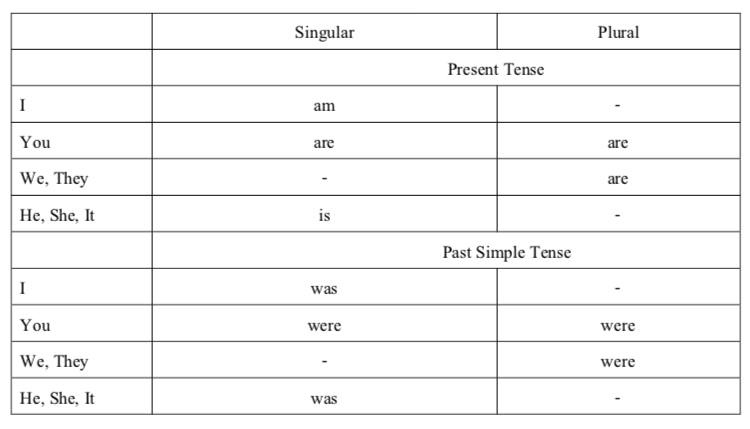
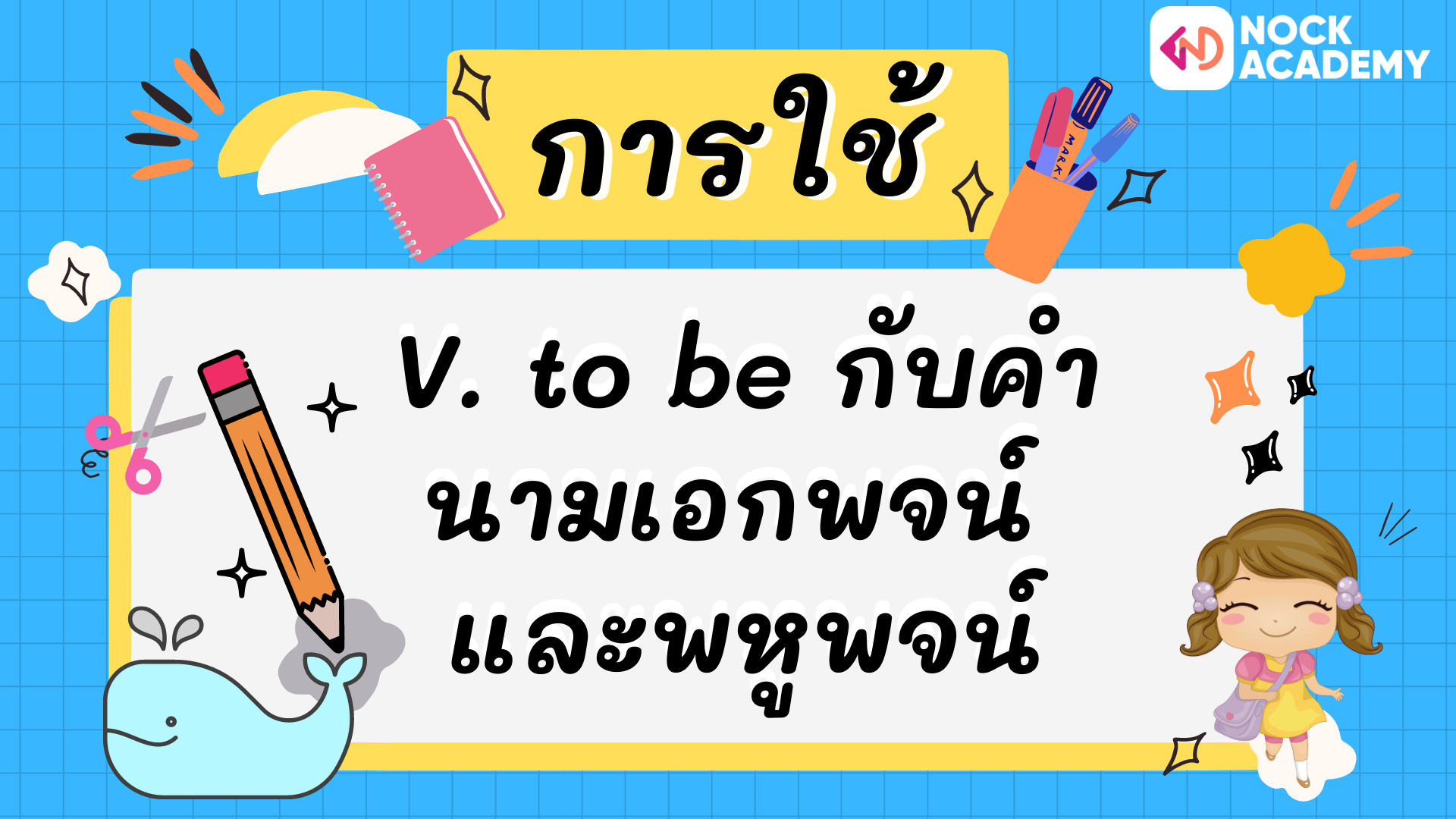



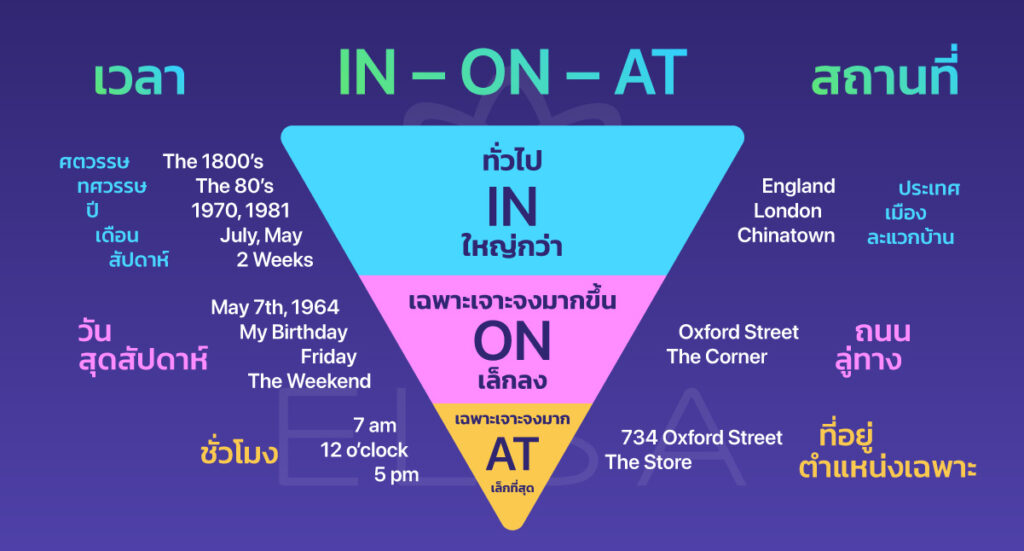

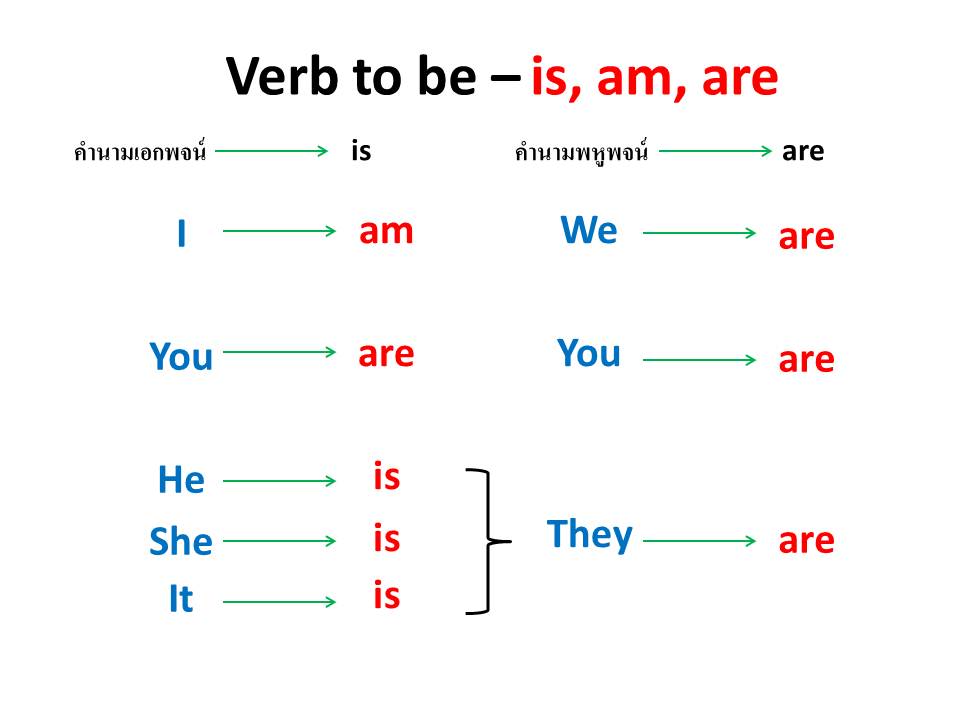




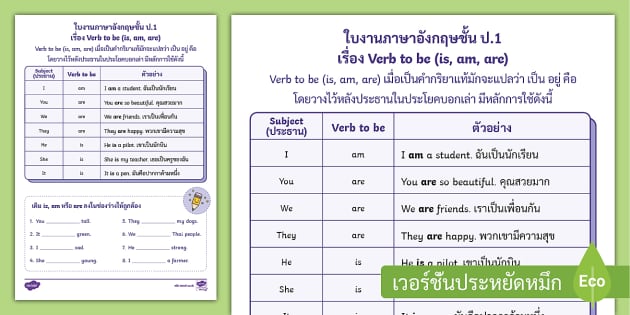

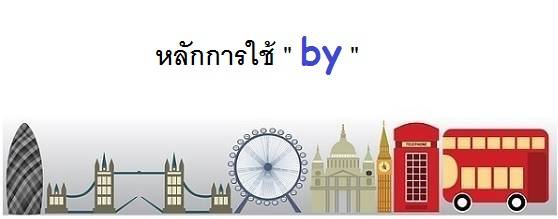

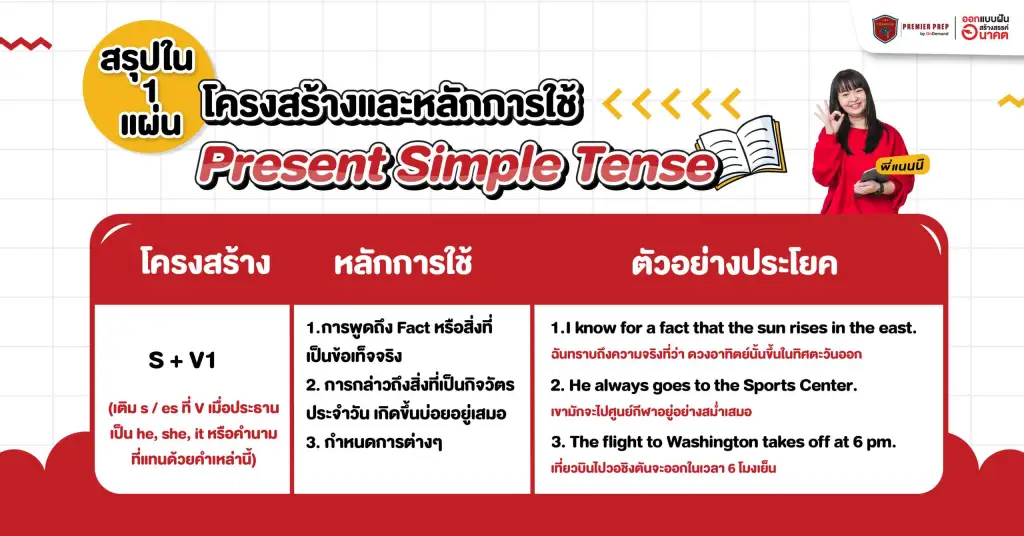
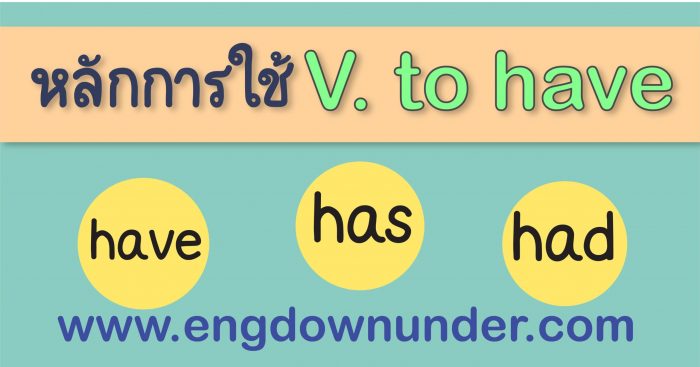

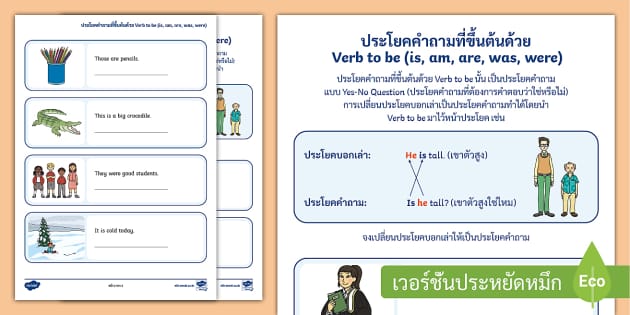




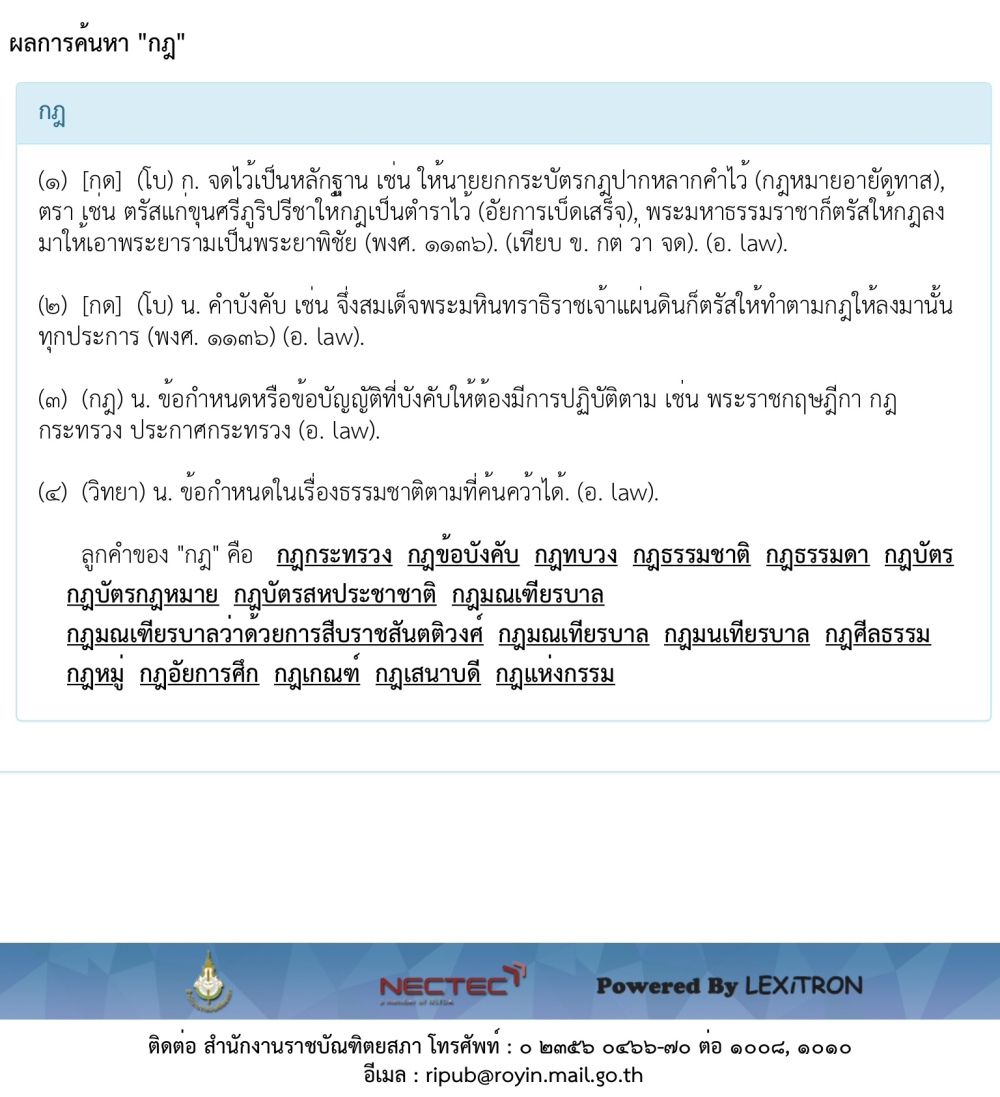

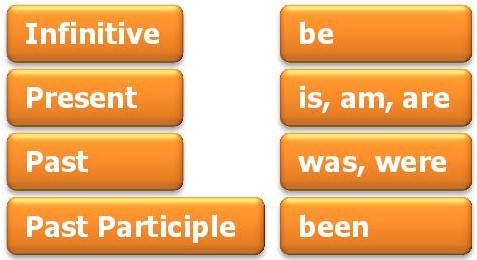


ลิงค์บทความ: หลักการใช้ be.
ดูข้อมูลเพิ่มเติมเกี่ยวกับโพสต์หัวข้อนี้ หลักการใช้ be.
- Verb to be
- หลักการใช้ be ในภาษาอังกฤษ
- ฝึกแกรมม่าวันละนิด มาดูหลักการง่ายๆในการใช้ be แต่งประโยคภาษา …
- Verb to be – Longdo Dict Blog
- การใช้คากริยา Verb Verb มีอยู่ด้วยกัน 3 ชนิด คือ
- Verb to be คืออะไร? และใช้ยังไงนะ?! มารู้จัก verb to be ให้ดีกว่าที่เคยกันเถอะ!
- เปรียบเทียบโครงสร้าง V to Be VS Verb to Do แตกต่างยังไง ใช้แบบ …
- Grammar: หลักการใช้ Verb to be – ทรูปลูกปัญญา
- หลักการใช้ Verb to be ทั้ง 7 ตัว ฉบับอธิบายละเอียดให้กระจ่างไปเลย
- Verb to be คืออะไร? หลักการใช้ is am are was were
- Verb to be – Longdo Dict Blog
- เปรียบเทียบโครงสร้าง V to Be VS Verb to Do แตกต่างยังไง ใช้แบบ …
- การใช้คากริยา Verb Verb มีอยู่ด้วยกัน 3 ชนิด คือ
ดูเพิ่มเติม: https://phauthuatdoncam.net/tv-shows-a-z blog